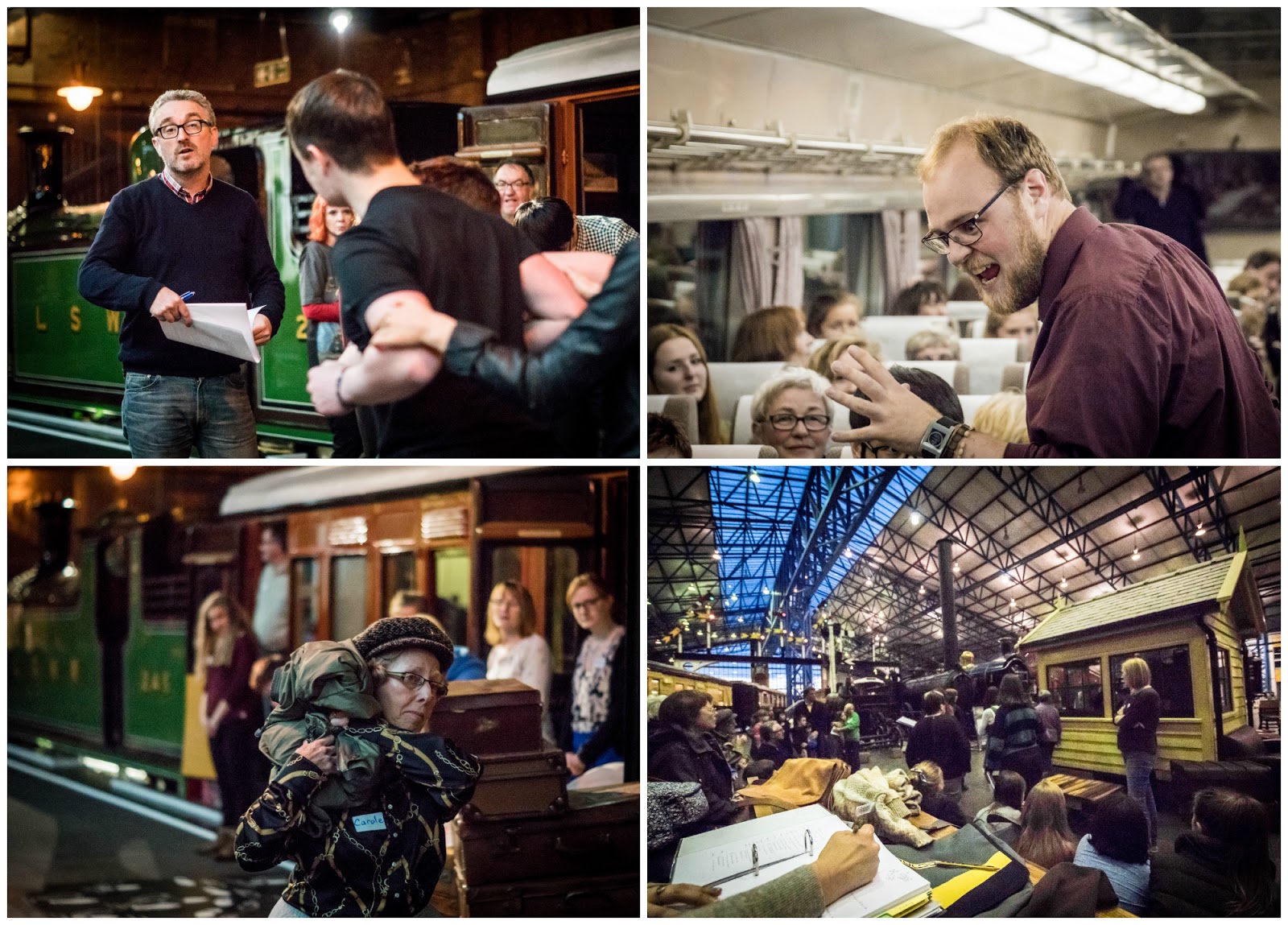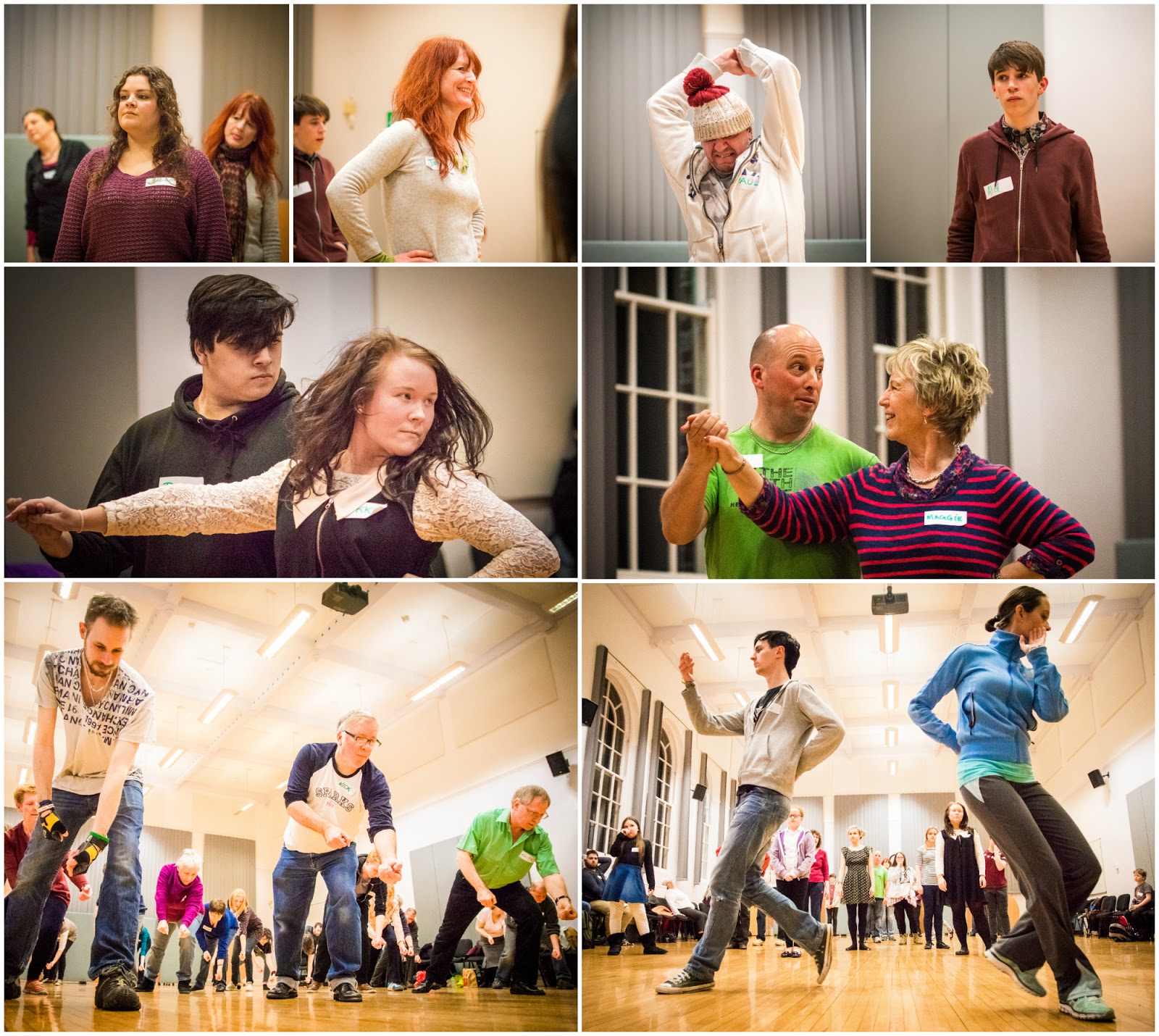National Railway Museum and York Theatre Royal Placement
Posted on 4 June 2015
Daniel Morgan
Public History placement, 2014/5
My name is Dan Morgan, I am an MA in Medieval Studies student from the University of York, and over the last couple of months I have been on placement within the learning and development department at the National Railway Museum (NRM). As of March 2015, the York Theatre Royal closed its doors for vital repairs and building work, and has moved down the road to the NRM, where it will be in residence for an entire year!
I have been in the very fortunate position of observing this exciting and trailblazing collaboration between the museum and the theatre. Over the last few months I have been thinking about the question:
What is the positive impact to museum visitors in combining the skills of museum staff with those of a producing theatre through creative collaboration?
This has been a very much ongoing placement, with new things happening all the time, but I am hoping the output of my placement will be a report that will: form part of the documentation recording the collaboration, help and inform how the NRM talks about the collaboration within the sector, and help to shape the ongoing relationship between York Theatre Royal and NRM. The highlight of the placement will be the performance of In Fog and Falling Snow, a play based upon nineteenth century railway financier George Hudson, set to open on 26 June 2015, and The Railway Children production, opening 31 July 2015.
Here is a link to the website and details of what's happening over the summer at the Museum: http://www.nrm.org.uk/PlanaVisit/Events/theatre-royal-home.aspx.I think a really interesting thing that I have discovered on my placement is that theatres and museums actually share a great deal in common, since they both act as storytellers, and they both equally hold stories of human activity showing us ourselves in different contexts, by holding up the mirror to what we have done, or may do.
It was also interesting to understand the point of view from the side of the theatre, rather than just to focusing on how a museum perceives the collaboration, which I had been doing, in terms of possible fears and anxieties, and in discovering the differences and challenges they both faced.
I have therefore looked in detail about what the theatre may receive in terms of skill-sharing. Although it is very much the theatre moving into the museum, and arguably more about the knowledge and specialist skills the theatre can bring to the museum - such as the lighting and sound technicians, the writers, and artistic direction - there is also a great deal that the theatre may take from the collaboration. As an example, thinking about how the theatre might go on to develop its own in-house exhibitions, delivering tours and other events not directly linked to the production of theatre.
Museum theatre is already fast becoming an exciting and increasingly widespread concept, both with professional theatre companies, and in the museum and heritage arena, as it strives to push and explore the boundaries of what can be achieved. As I continue to observe this collaboration, and in the run-up towards the performances in summer, I feel I am witnessing a truly landmark moment in public history.
I highly recommend that you get along to the National Railway Museum this summer, it’s a really interesting and exciting time for museum and theatre alike.
Photo gallery
Photos courtesy of Christopher Jones
http://www.christopherjones.photography/p/arts-theatre-photography-york.html
mail.christopherjones@gmail.com



